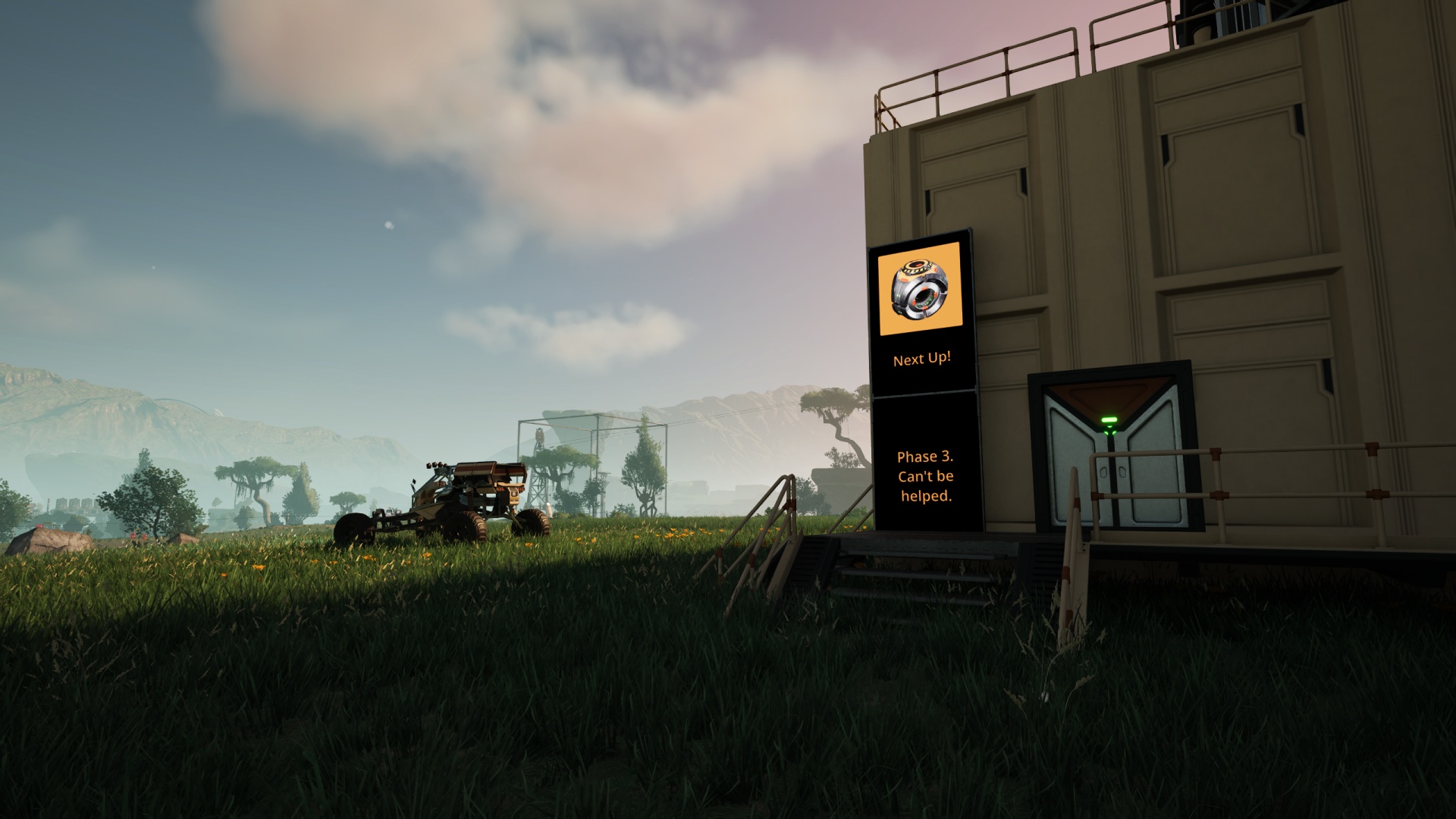It’s the middle of 1984. I’m not yet officially a teenager. I have one of those radio/cassette decks with the single big speaker and I keep it by my bed so I can listen to the Top 40 countdown or whatever at night, recording the songs I like. I grab one of those Columbia House magazine advertisements, the “give us a penny for a bunch of records” deals. I do not, of course, clear this with the adults in the house, and I order up some Herbie Hancock and Laura Branigan and Men At Work and Duran Duran and some others I don’t remember and oh yeah, this one:
What is it?
Go Insane is the 1984 studio album release from Lindsay Buckingham, the guy usually associated with the band Fleetwood Mac though one could argue he’s spent at least as much of his professional career out of that band as he has in it.
How does it sound?
So I sampler mix like I always do:
Why this pick?
Oh, pure nostalgia, I assure you.
I wanted to include something from my youth, and how better than to pick one of those Columbia House records I got in trouble for as a kid? I’m getting older, I don’t remember much of anything very well anymore, but I remember those vinyl platters arriving.
Not that it’s a bad record. I wouldn’t do that to you. The point of this 3WA thing has always been “stuff which brings me joy” and I still get a kick out of this album.
What I find interesting now is how well my youthful enjoyment of Go Insane presaged my growing obsession with digging into the Genesis back catalog just a few short years later. Like a lot of Genesis albums, this Lindsay Buckingham record is a mix of awkward (and occasionally successful) attempts at pop hits plus prog-rock-like musical meandering. (Lest you think I’m knocking Genesis in general or this record in specific: This particular blend of musical directions is my strike zone, to borrow a sports metaphor.)
Which songs are the highlights?
The title track was the big hit, the one which made me aware of Buckingham in the first place, leading to my adding the album to my for-a-penny list. (This is before I really knew anything about who was in what band when. That came a few years later.) It’s still the strongest piece here.
Following “Go Insane” we get “Slow Dancing” and “I Must Go,” the other two solid pop-song cuts on the record.
I realize that the closing track, “D.W. Suite,” isn’t going to be for everyone. But I love it, so here we are. Mileage varies, yadda yadda.
Which songs don’t work so well?
There’s a lot of “Loving Cup” that I like, but the parts which don’t work really bring it too far down to recommend. Maybe shaving a minute or so off of its five-minute runtime would save it? Dunno.
If I had to pick a word to describe “Play in the Rain,” that would be: experimental. You don’t listen to it for enjoyment, really. You listen to it to try to figure out what was going through Buckingham’s head when he created it.
Which album did you almost pick in favor of this one?
I’d have to pick the next solo record, Out of the Cradle, which has the distinction of being the album for which the publicity tour brought the artist to KGON for a day, thus making Lindsay Buckingham one of the few household names I ever shook hands and had a (blurry) photo taken with. (To say we “met” would be putting it too strongly, let’s be clear.) Cradle has some truly gorgeous songs on it, but overall it’s not as interesting a record to me.
Any final thoughts?
One thing I loved about the album as a kid was the way the first part of (the utterly bonkers) “Play in the Rain” ends on the vinyl LP.
For the youngsters in the audience: If you didn’t have a fancy record player which would automatically lift and return the tonearm at the end of a side, the needle would just rest on the innermost groove, looping quietly until someone realized the music had stopped.
In the case of “Play in the Rain,” what you’d realize is that you’d been listening to a snippet of music over and over and over and over, perfectly timed to the circumference of that innermost groove. It was a silly little trick (technical term: “locked groove,” though that generally refers to the technique used to prevent the needle from wandering over to the label itself) that someone went to a fair bit of trouble to arrange. I salute whoever that was. Of such minor touches are moments of pure delight made.
Upon flipping the LP over the first thing you’d hear after dropping the needle at the start of the groove was… the rest of “Play in the Rain,” which was deliberately split into two parts.
Now, past the age of the cassette and the compact disc and well into the digital regime, that little vinyl-record-loop trick is long obsolete. More’s the pity. (The old CD pressing I have keeps the two parts split but does a fade at the end of the first part.)
By the way… how did you like the sampler mix?
Next week: We finish the Weekly Word Working Assignment for 2018 with my favorite album of 2017.

Comments
2 responses to “3WA 2018 #51: Lindsay Buckingham – Go Insane”
How did I like the sampler mix? I just spent a minute trying to figure out how to nudge an online music player is how I liked it.
I probably had more fun prepping this particular sampler mix than a) I should have, and b) anything else I’ve done for this entire project so far.